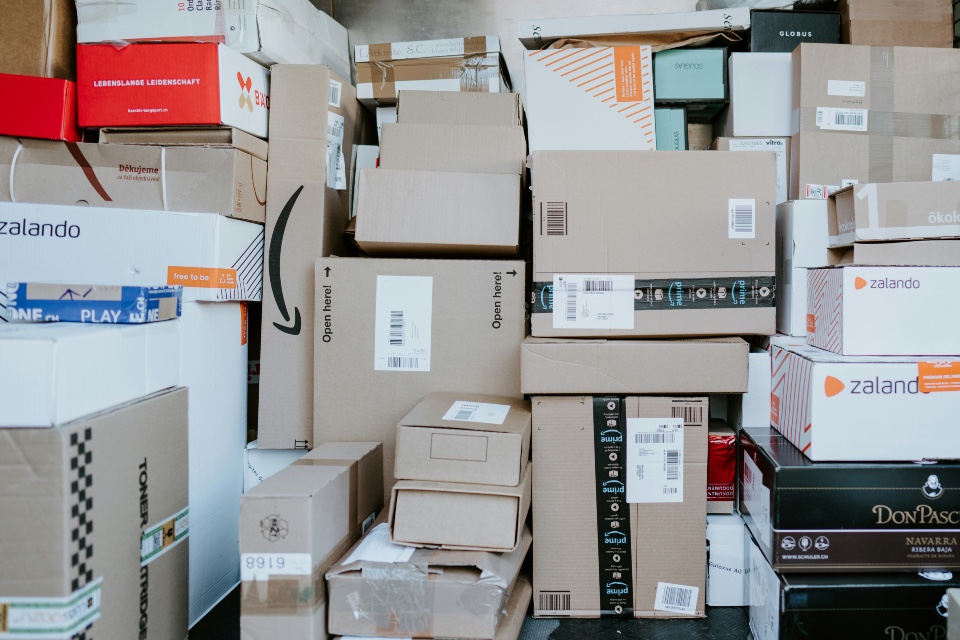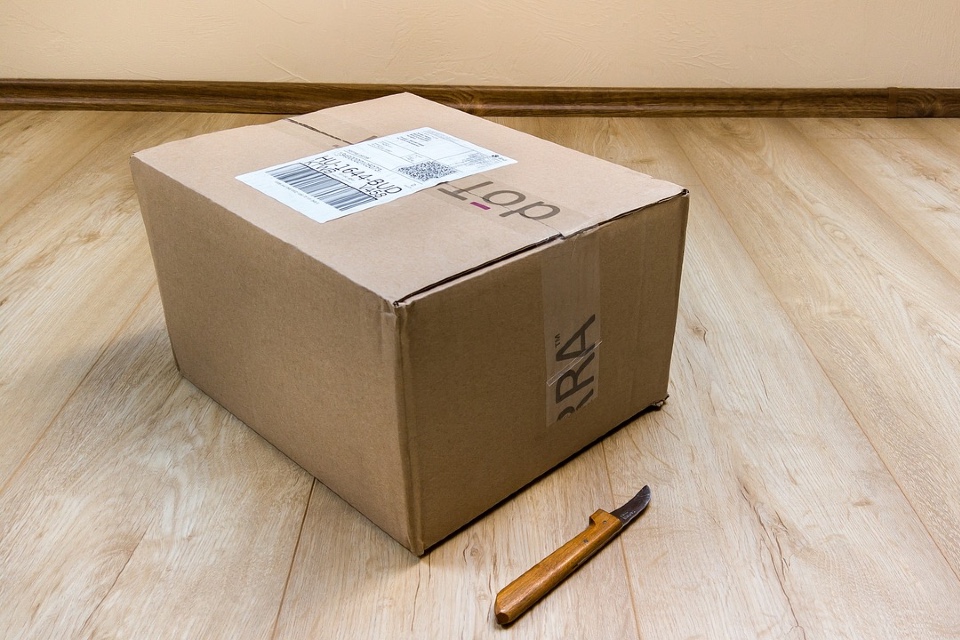For decades, labelling was seen as a compliance exercise: ensuring goods moved through the supply chain with the correct barcodes and basic product information. Today, however, labels and packaging have evolved into intelligent data carriers, enabling real-time visibility, efficiency, and resilience across global supply chains…
RFID Resurgence
Radio Frequency Identification (RFID) technology, once seen as costly and niche, is now reaching maturity. Falling tag prices and improved interoperability mean RFID is increasingly used across retail, healthcare, and manufacturing logistics.
Unlike traditional barcodes, RFID tags can be scanned in bulk, without line of sight, enabling faster processing at warehouses, distribution centres, and border points. For high-value or sensitive goods, RFID also provides a digital audit trail, improving both security and compliance reporting.
QR Codes and Dynamic Labelling
QR codes have also surged in popularity as low-cost, versatile tools. Beyond logistics, they now serve as a bridge between supply chain operators, regulators, and end consumers. Dynamic QR codes can link to real-time data such as batch origin, sustainability certifications, or product recall alerts.
For logistics teams, this flexibility supports multi-market compliance, with one code serving different regulatory requirements depending on location. For consumers, it delivers greater transparency on provenance and environmental credentials, aligning with growing demands for accountability.
IoT-Enabled Packaging
Perhaps the most transformative trend is the integration of Internet of Things (IoT) sensors into packaging. Smart labels equipped with temperature, humidity, or shock sensors are increasingly used in cold chain logistics for pharmaceuticals, fresh food, and other sensitive goods.
By transmitting live condition data, IoT-enabled packaging reduces spoilage, ensures compliance with stringent quality standards, and allows operators to respond proactively to anomalies in transit. This predictive capability is reshaping how supply chains manage risk.
The Strategic Value of Smart Labels
For supply chain leaders, smart labelling is a strategic asset. Real-time visibility supports:
- Inventory optimisation through accurate, live data.
- Regulatory compliance with EPR and traceability laws.
- Sustainability goals, by reducing waste and enabling circular packaging systems.
- Customer engagement, via transparent information delivered at the point of use.
Best Practice into 2026
To unlock value, organisations are embedding labelling strategies into broader digital transformation initiatives. This means integrating labelling systems with WMS, ERP, and blockchain platforms, standardising data across partners, and training staff to manage the shift from static to dynamic data ecosystems.
Labels and packaging are now intelligent enablers of supply chain resilience and trust. For senior logistics professionals, the question is no longer if to adopt smart labelling, but how quickly they can scale it to gain a competitive edge.
Are you searching for labelling & packaging solutions for your organisation? The Total Supply Chain Summit can help!
Photo by Claudio Schwarz on Unsplash





